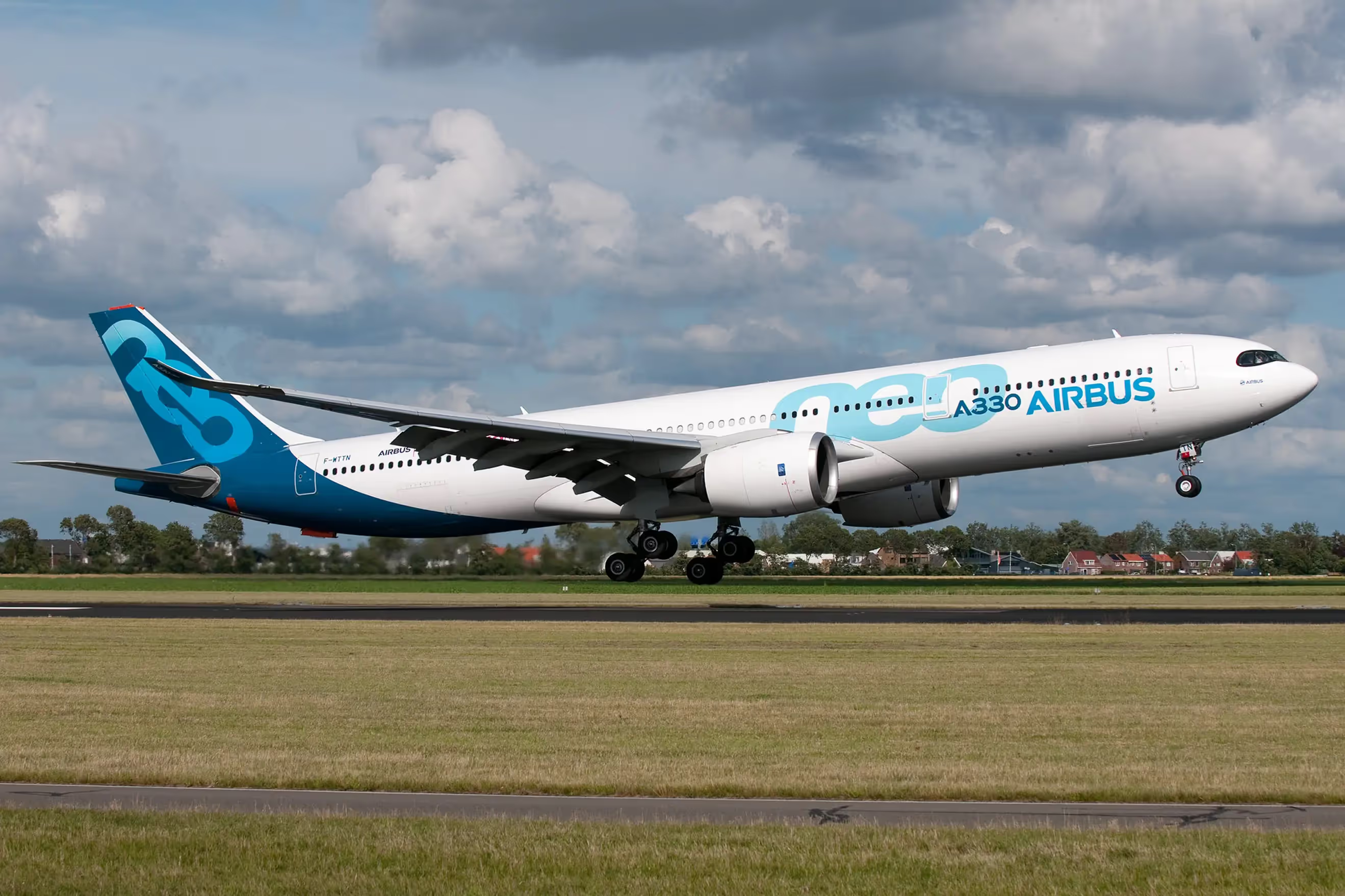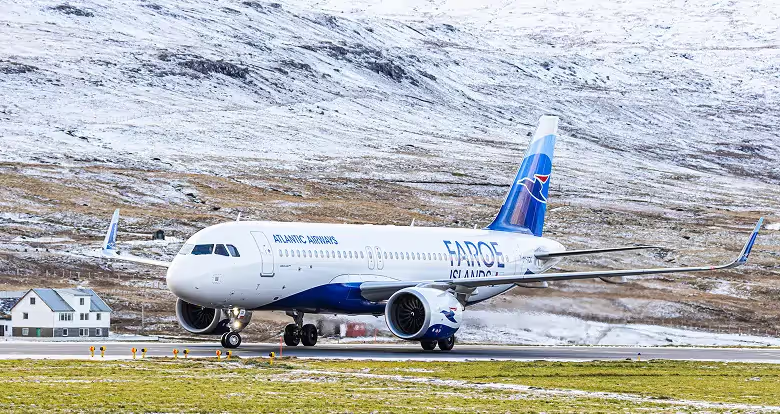When we talk about aviation sustainability, the conversation often centers on the efforts of major commercial airlines. Their scale and public visibility make them a natural focus. However, the path to greener aviation is not a single lane, and different sectors are navigating it in unique ways.
Charter operations, with their inherent flexibility, play a distinct role. But it's crucial to approach this topic with a dose of realism, acknowledging the significant hurdles the entire industry faces.
Last week, we explored what SAF is and why it matters. This week, let's examine the practical realities of how both charter and airline sectors are adapting.
The SAF Adoption Landscape: Ambition vs. Reality
On the surface, the private aviation sector appears to be moving quickly. Business jets are often certified for higher SAF blends (up to 30-50%) than the 2% currently mandated for commercial airlines in Europe. This suggests a sector leading the charge.
However, this agility must be viewed in the context of the total supply. With global SAF production making up less than 1% of the world's jet fuel consumption, these higher blend rates are only possible on a very small scale.
The economic reality is stark. In September 2025, Shell made the significant decision to abandon its large-scale biofuels plant project in Rotterdam, citing that it was "insufficiently competitive." When an industry giant shelves a flagship project, it signals major challenges in making SAF production economically viable at scale.
Charter Operations: Flexibility in a Constrained Market
The key advantage for charter aviation is operational flexibility.
A private charter can be routed through an airport with known SAF availability. This allows operators to meet specific client requests for sustainable options where possible. In contrast, commercial airlines require a vast, reliable supply chain across hundreds of airports to implement SAF systematically.
This agility allows charter operators to act as early adopters and testbeds for sustainable practices. However, it doesn't solve the fundamental supply problem.
The Challenge of Meeting Client Expectations
There's a growing disconnect between client demand and market reality. While 64% of private aviation clients prefer operators with sustainability programs, fulfilling these requests is becoming increasingly complex.
Corporate clients, driven by their own ESG commitments, are asking for detailed emissions data and proof of SAF usage. Our role as charter brokers is to help clients navigate this landscape, setting realistic expectations about what can be achieved with the current infrastructure. It's a conversation about what's possible, not just what's desirable.
The Supply Chain Bottleneck and Its Critics
The over-reliance on SAF as the sole solution for aviation's climate goals faces valid criticism. Financial think tank Carbon Tracker has argued that this focus may delay investment in more transformative zero-emission technologies, such as hydrogen or electric propulsion.
Furthermore, the "sustainability" of SAF itself is complex. The majority of today's SAF comes from feedstocks like used cooking oil, which are extremely limited in supply. Expanding to other sources raises "food vs. fuel" debates and concerns about land use. It's important to remember that SAF still produces CO2 when burned; its environmental benefit is calculated over its lifecycle.
Frequently Asked Questions
Why can charter jets use higher SAF blends than airlines?
Aircraft in both sectors are often certified for high blends, but the difference is operational. A single charter flight can be planned around a specific airport with a high-blend supply. Airlines need a consistent, low-blend supply across their entire network, which is more logistically feasible.
Is SAF the only solution for sustainable aviation?
No, it's considered the primary near-term solution. However, critics argue that a true net-zero future will require investment in breakthrough technologies like hydrogen-powered and electric aircraft, which are still in early development.
What is the biggest challenge facing SAF adoption?
The biggest challenges are cost and scale. SAF is 3-5 times more expensive than conventional jet fuel, and current global production is less than 1% of the industry's total fuel needs, as underscored by setbacks like Shell's Rotterdam plant decision.
How does Fliteline help clients with sustainability goals?
We provide realistic advice based on current market conditions. We help clients understand the real-world availability and cost of SAF, explore operational efficiencies like route optimisation, and implement transparent carbon offsetting programs to meet their reporting needs.
The Collaborative Path Forward
This isn't about one sector "winning." Successful decarbonisation requires collaboration.
- Airlines Drive Scale: Commercial airlines, with their immense purchasing power, are the primary drivers of investment in new SAF production facilities. Without their long-term offtake agreements, the market for SAF would be even smaller.
- Charters Drive Innovation: The flexibility of group charter and private flights allows for rapid testing of new technologies, reporting systems, and operational efficiencies that can later be adopted by the wider industry.
- Cargo Finds Efficiency: For cargo charter operations, the most immediate environmental benefit often comes from operational efficiency—direct routing, optimal aircraft load, and reduced ground time, which can significantly lower overall fuel burn on a mission.
The path to net-zero aviation isn’t a straight line powered solely by SAF. It’s a complex journey involving new technology, smarter operations, and a realistic understanding of the challenges ahead.
For more insights into current aviation trends, explore our latest industry analysis or contact our team to discuss how these realities affect your charter requirements.
Get in touch with any questions about your air charter needs



